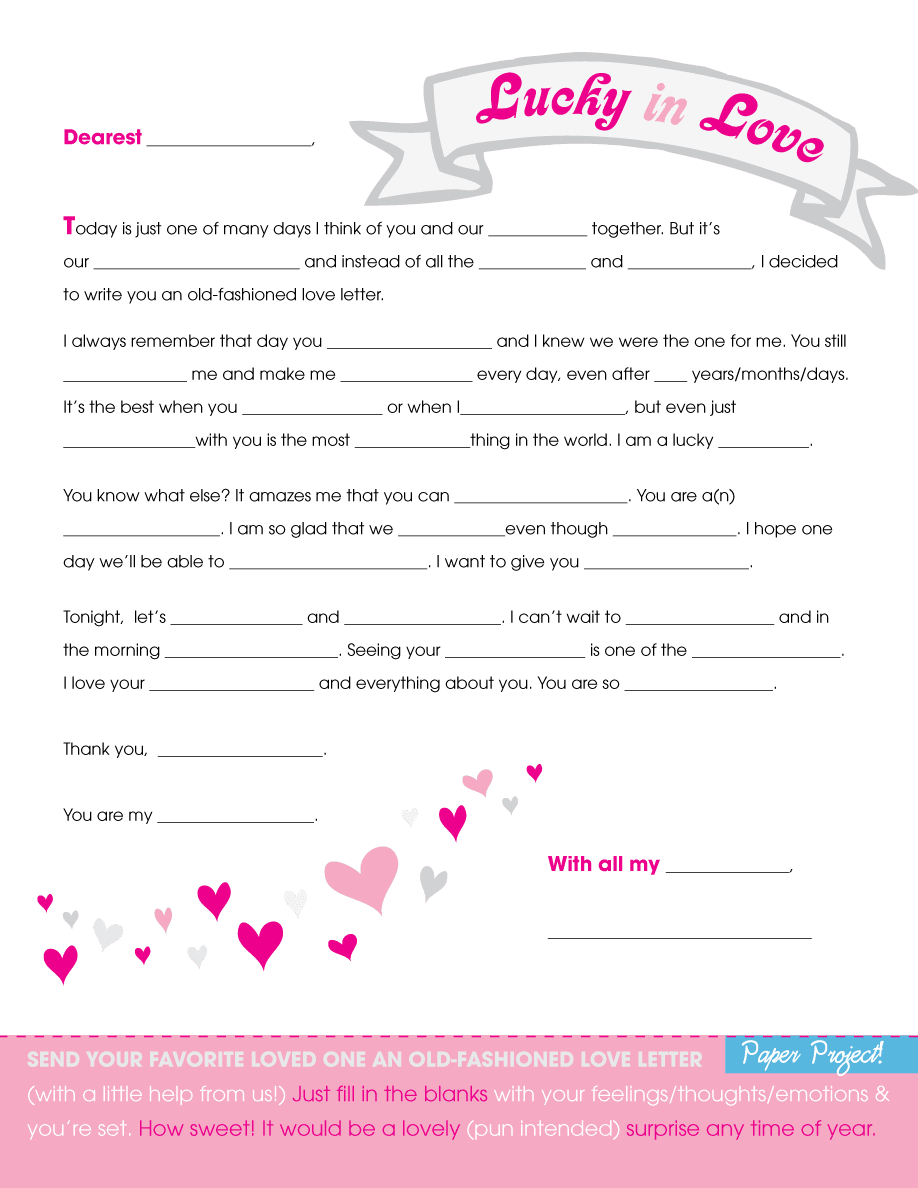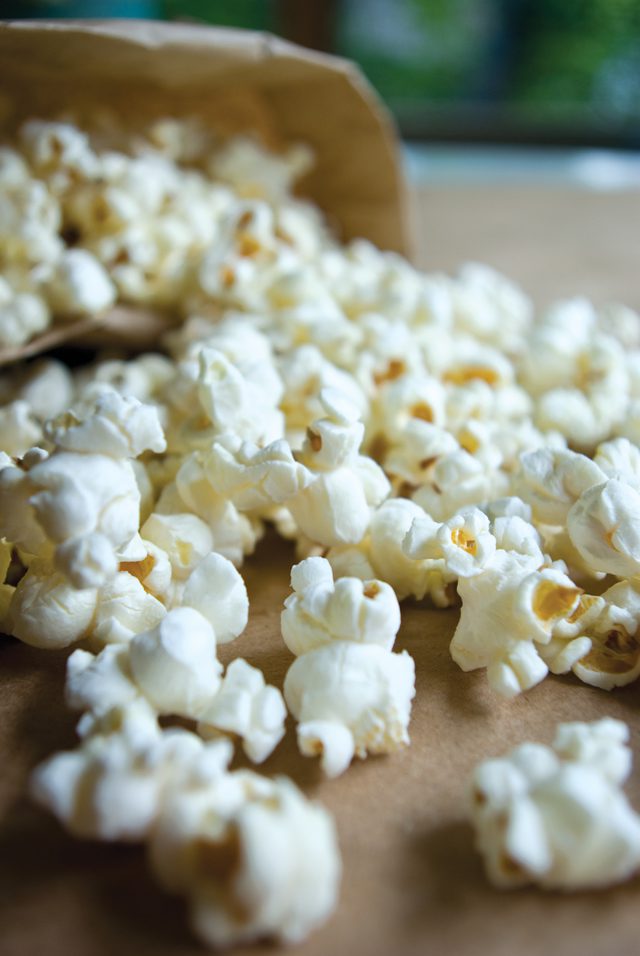
By Sara Friedl-Putnam • Photo by Aryn Henning Nichols
Whether we’re enjoying a bucket at the movies or a bowl in front of the TV, popcorn is one of America’s favorite snack foods. Plus, it’s fun! Listening to the pop, pop, pop on the stove, in an air popper, or in the microwave is one of coolest ways of cooking a grain. Ever.
And by ever, we mean forever. Popcorn has been popping up for thousands of years! About 8,000 years ago, maize was cultivated from teosinte, a wild grass that doesn’t much resemble the corn we know today at all. (5) Corn varieties – including popcorn – were cultivated by the Aztecs and Mayans in Central America and Mexico, and by the Incas in South America. The oldest ears of popcorn were discovered in west central New Mexico in the late 1940s, estimated by archaeologists to be about 5,600 years old. (1)
Scientists’ best guess is that popcorn originated in Mexico. By the time Columbus discovered America, more than 700 types of popcorn were being grown on the continent. Popcorn’s role in American culture continued to grow when Charlie Cretors invented the first steam-powered automatic popper in 1885. It became a ritual part of many festivities, such as sporting events, fairs, and circuses. Folks found popping corn to be not only delicious, but entertaining too! (5)
By 1914, packaging of popcorn for home use had begun, and in 1925, the creation of the electric popcorn machine allowed theaters to begin popping corn. And finally, by the 1970s and ‘80s, hot air and microwave popcorn had emerged onto the marketplace, making homemade popcorn the norm. (2)
But what makes popcorn…pop? Native Americans believed that a spirit lived inside each kernel of popcorn and that, when heated, the spirit would become angered and eventually burst into the air as a puff of steam. Over time, folklore gave way to science, and the popcorn plant was named zea mays everta, identified as a type of corn (maize) as well as a member of the grass family. (3)
Scientists eventually discovered that popcorn is a whole grain with three main components: endosperm (startch), germ (the living part of the kernel), and the pericarp (hull). The hull is usually white or yellow in color, though the range of colors includes red, black, and many colors in between.
What makes popcorn unique among corn varieties is that hull: It has just the right thickness to allow it to burst. Every kernel contains a small amount of water inside a circle of starch, and the kernel’s hard surface encases that starch. As the kernel heats up, the water inside the “starch bag” expands. At around 347 degrees Fahrenheit the pressure reaches roughly 135 pounds per square inch — and that’s when it finally explodes. As the now-liquid-soft starch bag becomes inflated and spills out, the kernel turns inside out. As it quickly cools, it becomes what we know to be popped popcorn. (3)
The vast majority of popcorn is grown in the cornbelt states – Nebraska, Indiana, Iowa, Ohio, and Illinois. It is a relatively cheap grain, so popcorn has – literally – exploded across the world market. These days, many folks don’t just pop plain popcorn in oil over the stove. In fact, flavor choices now abound for microwaveable popcorn (cupcake or beer-flavored popcorn, anyone?) – although it’s still fun to go old-school and watch those kernels pop, pop, pop on the stovetop!
————————
Sara Friedl-Putnam has fond childhood memories of popping corn on the stovetop and dousing it with butter and salt. She admits that her flavor selections are not very adventurous, often settling on butter light. One day, however, she vows to get more adventurous with her palate and to try jalapeno-flavored popcorn.
SOURCES:
1. www.popcorn.org/historyofpopcorn
2. www.encyclopedia.com/popcorn
3. www.popcorn.org/whatmakespopcornpop
4. www.hort.purdue.edu/newcrop/afcm/popcorn.html
5. www.smithsonianmag.com/arts-culture/why-do-we-eat-popcorn-at-the-movies-475063/?no-ist









